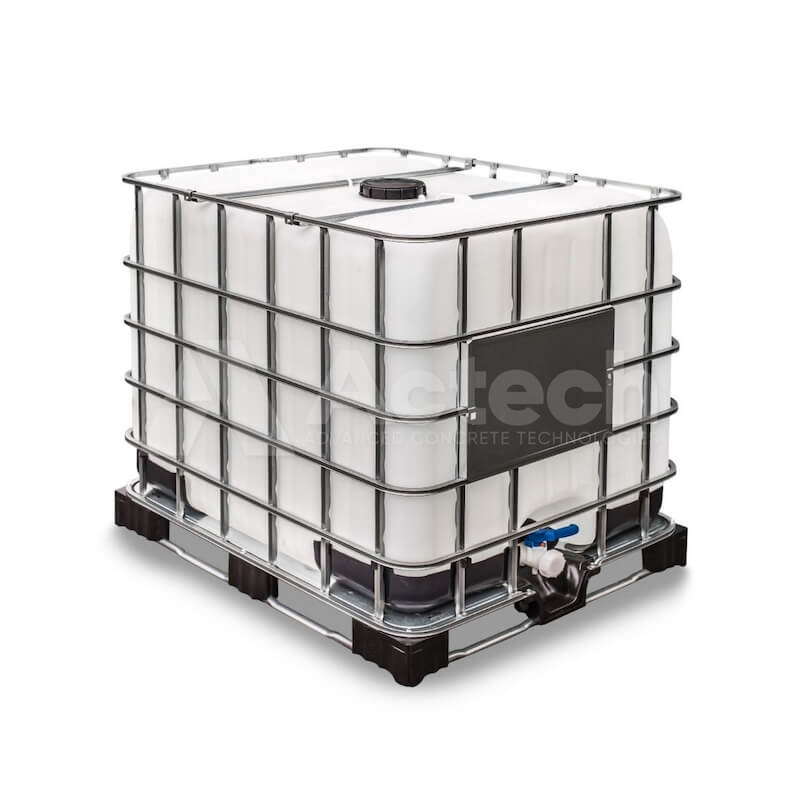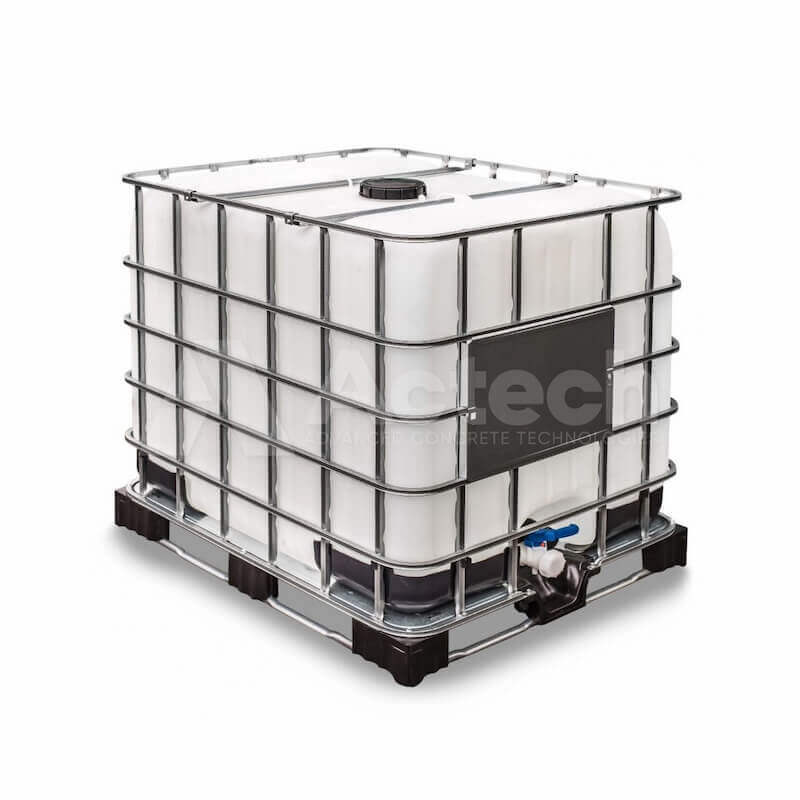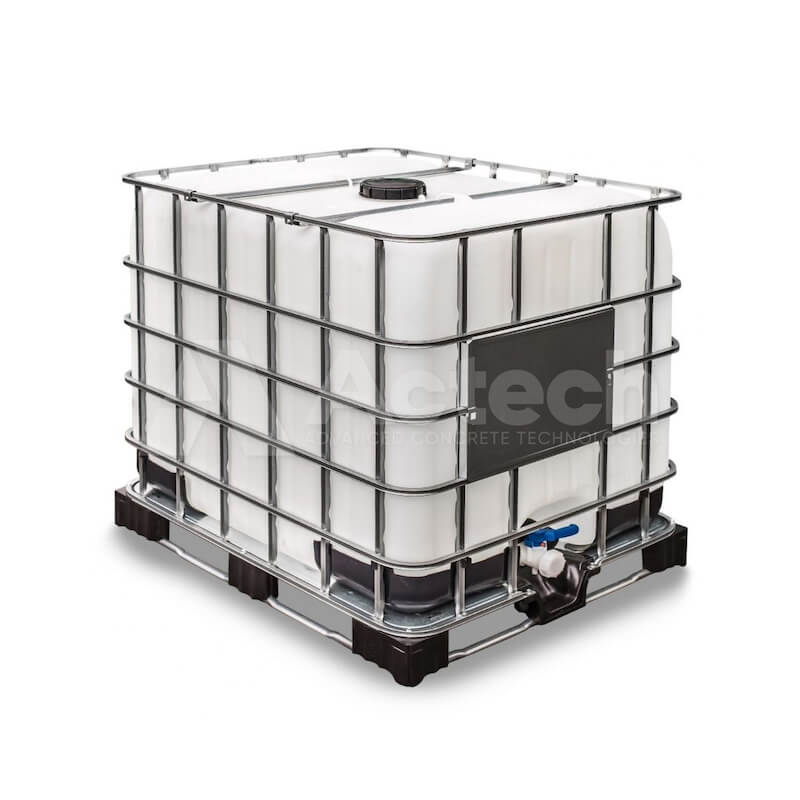
Concrete doesn’t get stuck to molds. But if it does, you apply a release agent.
That’s it! That’s the blog post. You can go home now. Just kidding! I’m getting ahead of myself, but it’s true: concrete and release agents are an amazing match. In this post, we’re going to talk about the different types of release agents, how to use them, and why they’re necessary in the concrete industry.
Release Agents are a coating that is applied on the formwork surface, prior to concreting, in order to facilitate easy removal of the formwork or shuttering. A mould release agent is applied to moulds, forms and cores made of metal, plastic, rubber or fiberglass to ensure that the concrete does not stick to the formwork. The non-stick properties of release agents keep the concrete from bonding with the formwork allowing it to be removed easily.
Release Agents fall under many different names depending on where and who you ask. They may be called: Form Release Agents, Form Release Oil, Mould Release Agents or Mould Release Oil or some combination of these words such as “Form & Mold Release Oil.”
There are two main types of release agents: Reactive and Barrier.
What are the Common Types of Release Agents?
There are four primary types of release agents used:
Petroleum-based solutions dissolve the surface of the mold.
Soaps act as a lubricant between the mold and the concrete, allowing it to slide out easily.
Silicone-based compounds leave a very thin film that acts as a releasing agent on top of the surface.
Mineral oil-based solutions are often used when working with latex or rubber molds.
How to Apply a Release Agent?
To apply a release agent, you can either use a brush or sprayer. While some people may try to use a roller to apply the release agent, this could result in pitting in the concrete. Instead of applying the release agent to the concrete, it is best to apply it right onto your formwork before you place your concrete.
“It is critical to note that even when a release agent is used, various factors such as irregular applications or improper release agent choice may have a detrimental effect on the quality and consistency of the finished product.”
To Elaborate further…
Use at the right time.
Release agents should be applied when the mold is clean and dry (and not too cold). After that point, you don’t want to apply too early because moisture from the mixture will cause things to stick again after application.
Too late is bad for obvious reasons—the concrete has already cured into place and is more likely to crack or mis-shape as you try to pull it off later on.. If a product adheres strongly, removing it can damage both surface and tooling in which it was cast—as well as your budget!
Use on the right surface.
Different molds call for different release agents; some are oil-based while others are water-soluble or solvent-based. It all comes down to what kind of material you’re working with; these things act differently with certain surfaces.
Also consider temperature–some compounds won’t be effective at higher temperatures (see below). For example: If a product adheres strongly, removing it can damage both surface and tooling in which it was cast—as well as your budget!.
Use enough but not too much of it.
You want just enough of the spray or powder so that your concrete doesn’t cling harshly when you remove the formwork or mold later on. Too little could result in sticking; too much could make a mess or even prevent proper curing.
Determining exactly how much is needed takes a bit of practice—but luckily there are professionals who help figure out this balance.
Summarizing everything you just learnt about Release Agents together….
A release agent is a liquid or powder used to prevent the adhesion of concrete to its formwork. Formwork, also called molds, are typically made of wood, steel, or plastic and create the shape of a structure.
“A release agent is a liquid or powder used to prevent the adhesion of concrete to its formwork”
As concrete hardens, it pulls away from formwork. However, as any experienced construction worker will tell you: if it isn’t prepared correctly (with a release agent), concrete can get stuck to the mold and damage your project.
Typically applied before pouring concrete into the mold or formwork by spraying or brushing the application on to create a thin film layer between the pour and surface.
Some agents are water-based but many have evolved into environmentally friendly solutions that still effectively block moisture from sticking to surfaces.



Send your inquiry here and our experts will do their best to help you.